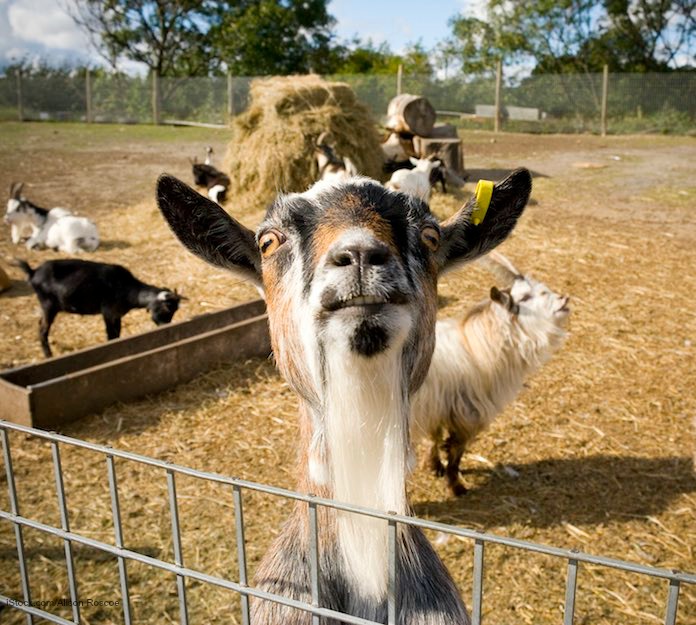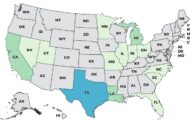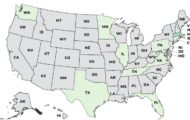The CDC has published a study about E. coli O157 infections that were associated with goat dairy farm visits in Connecticut in 2016 in its Morbidity and Mortality Weekly Report. A cluster of seven culture-confirmed Shiga toxin-producing Escherichia coli (STEC) infection were identified by the Connecticut Department of Public Health on March 24, 2016.

All seven patients had bloody diarrhea. Three of them were hospitalized, and two developed hemolytic uremic syndrome (HUS). Six of the seven sickened visited the same goat dairy farm in southeastern Connecticut the week before they got sick. In all, a total of 50 confirmed E. coli cases were associated with the outbreak, including 47 who had an epidemiologic link to the goat farm. Of the 50 confirmed cases, three did not have an epidemiologic link to the goat farm, and one person visited the farm but was asymptomatic.
PulseNet was used to identify the outbreak strains as STEC O157. Ill farm visitors were encouraged to contact DPH, and many were interviewed about their visit. Environmental samples were collected at the farm. Of the 61 environmental samples collected, twenty-eight, or 46%, yielded STEC 0157. And sixteen of seventeen fecal samples collected from goats at the farm yielded STEC O157. All of the environmental, fecal, and clinical isolates were indistinguishable from one another by PFGE and closely related genetically by whole genome sequencing.
Officials found that the facility design allowed visitors to come into direct contact with goats and soiled bedding. In addition, the farm did not have hand washing stations or any signs to tell visitors of potential disease risk.
About 1,500 people visited the farm during the time period of March 5 through the 24, 2016. A legal order was issued by the local health district to stop public visits to the farm.
The median age of the patients was 5 years. Eleven of the 50 patients was hospitalized, and three developed HUS. Unfortunately, young children are most likely to become seriously ill when they contract E. coli O157 infections, and are much more likely to develop HUS.
The symptoms of an E. coli infection include severe abdominal cramps, a mild fever, and diarrhea that is bloody and/or watery. The symptoms of hemolytic uremic syndrome include little or no urine output, lethargy, a skin rash, bruising, and bleeding from the nose or mouth.
This investigation highlights the risk to farm visitors, especially young children, from direct contact with ruminant animals and soiled animal bedding. Ruminant animals such as cows and goats carry E. coli bacteria in their intestines. These animals do not get sick because they lack the genes necessary to develop an infection from this type of bacteria. Pritzker Hageman recently won a $7.55 million lawsuit on behalf of a young client who was sickened with E. coli-HUS after visiting a pumpkin farm in Minnesota where animals were present..
Soap and clean running water should always be used to wash hands at farms, fairs, and petting zoos. And facilities should consider limiting access to potentially contaminated areas for people who are at risk for these infections, including young children.




